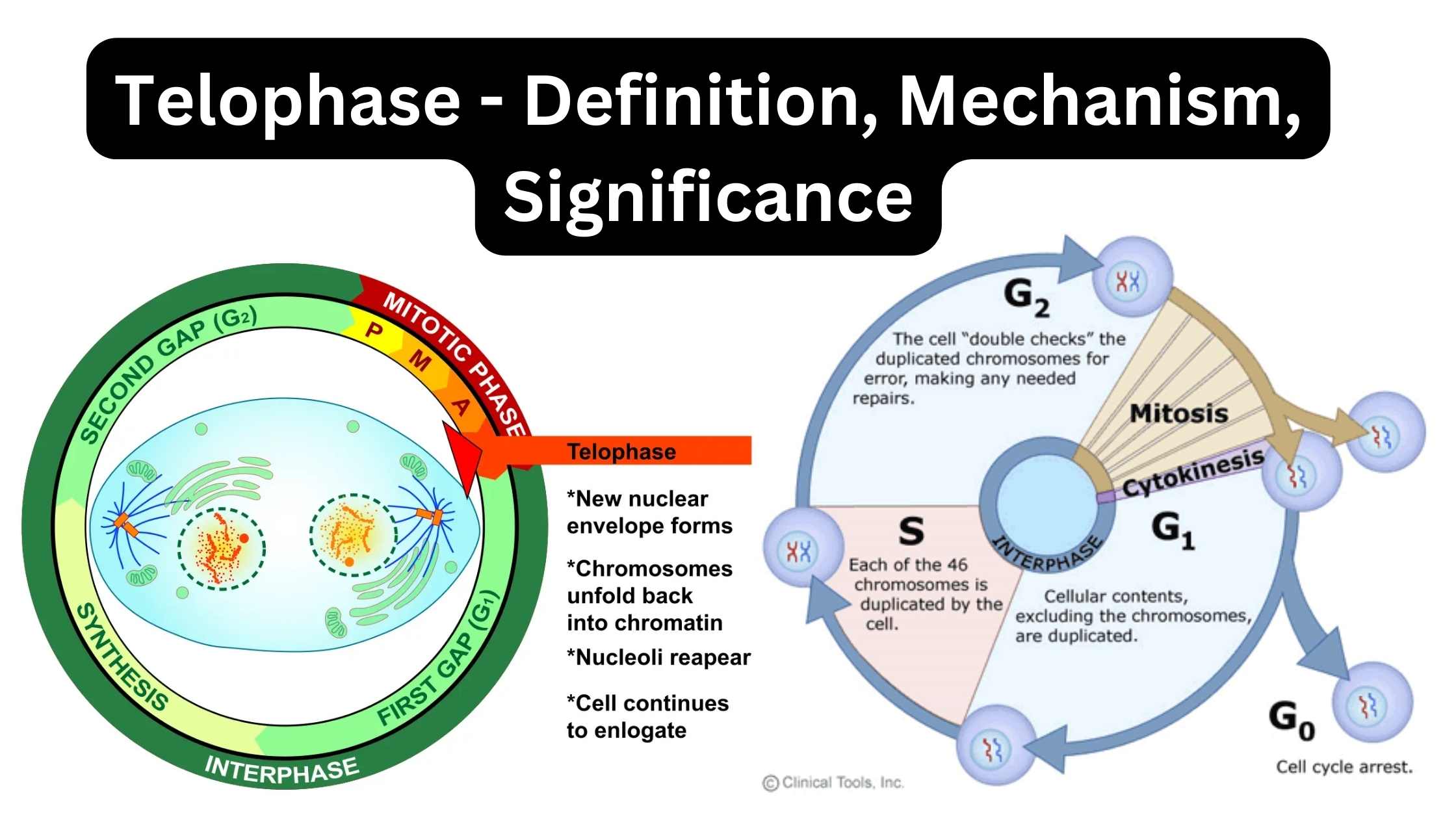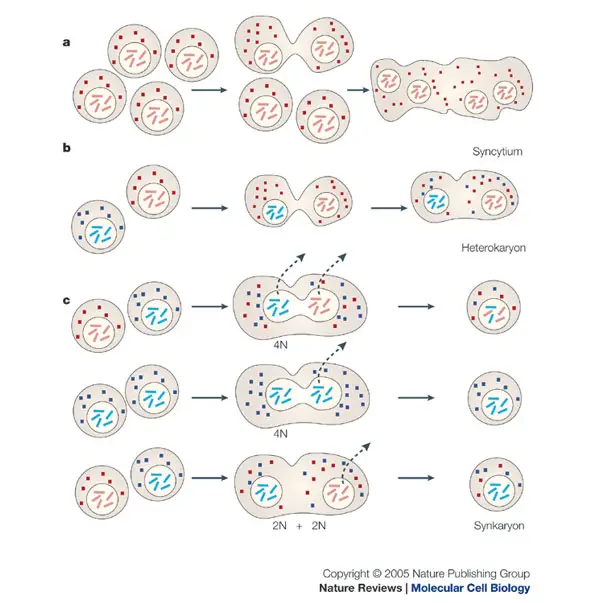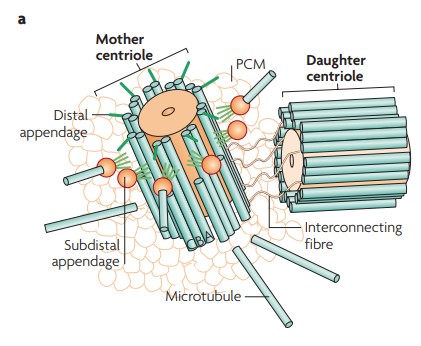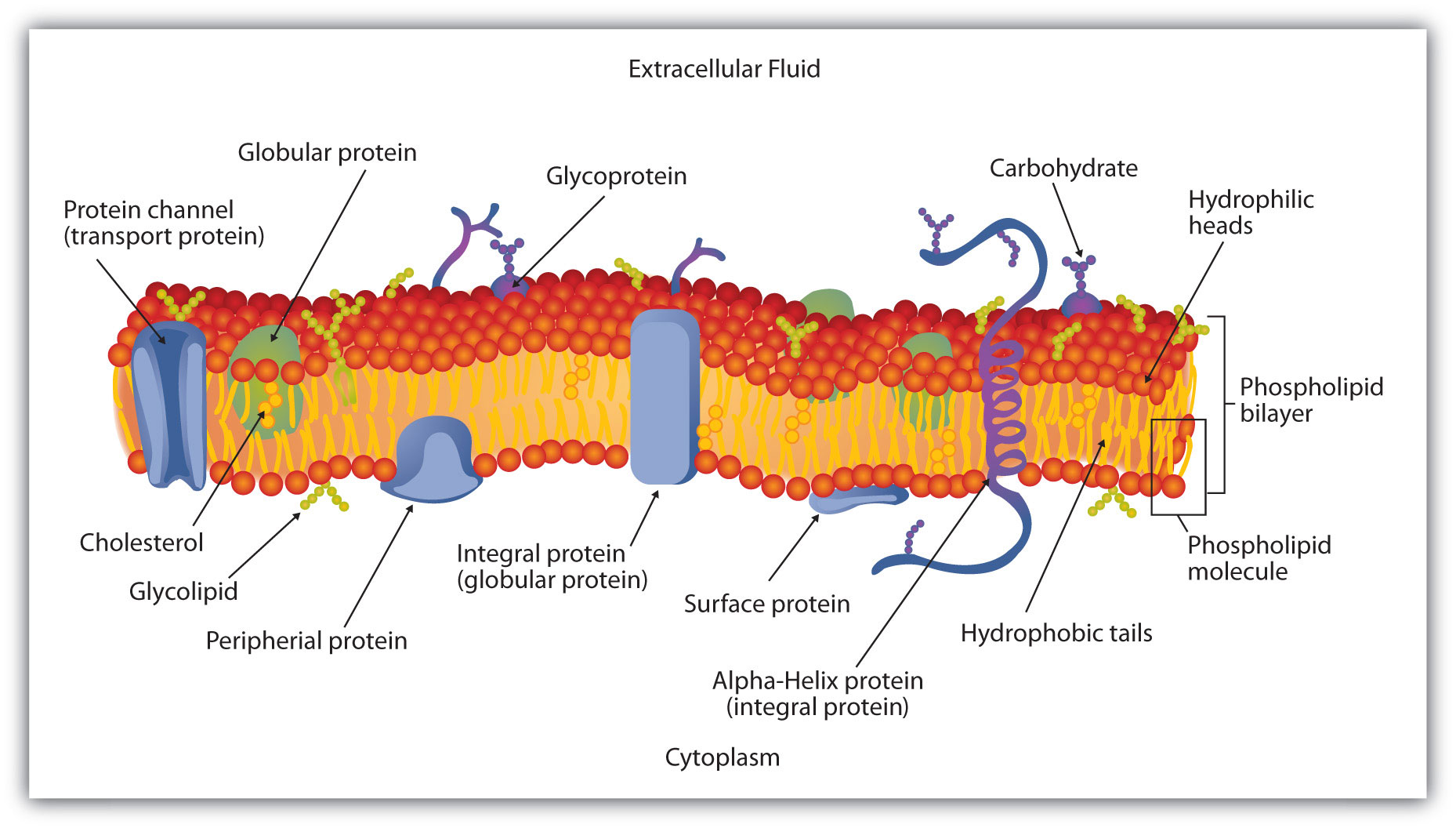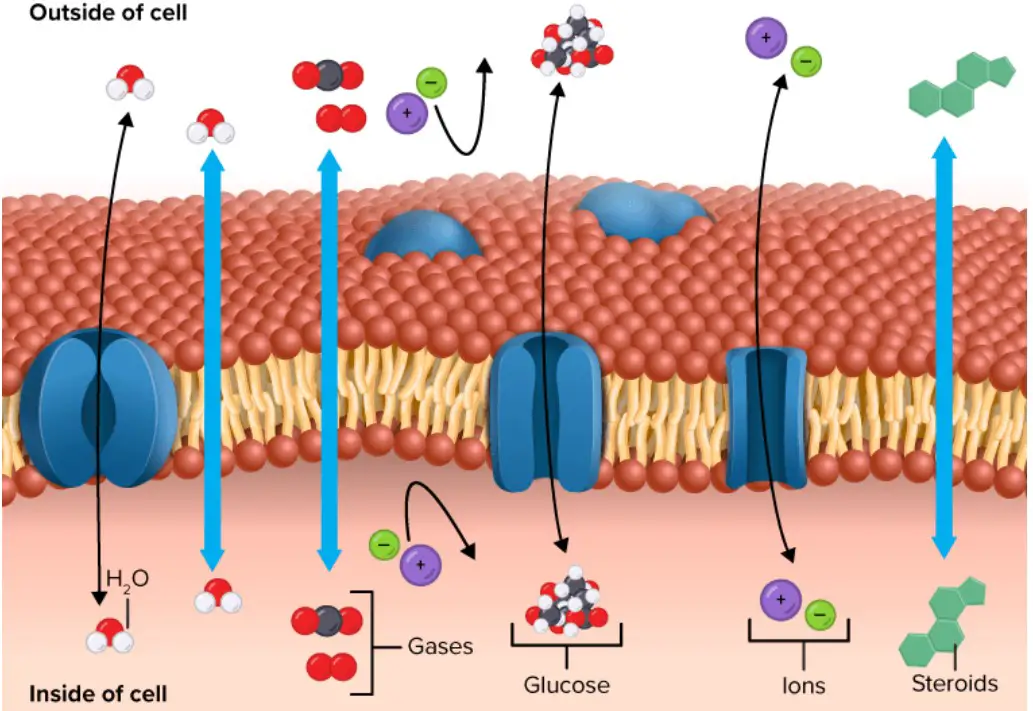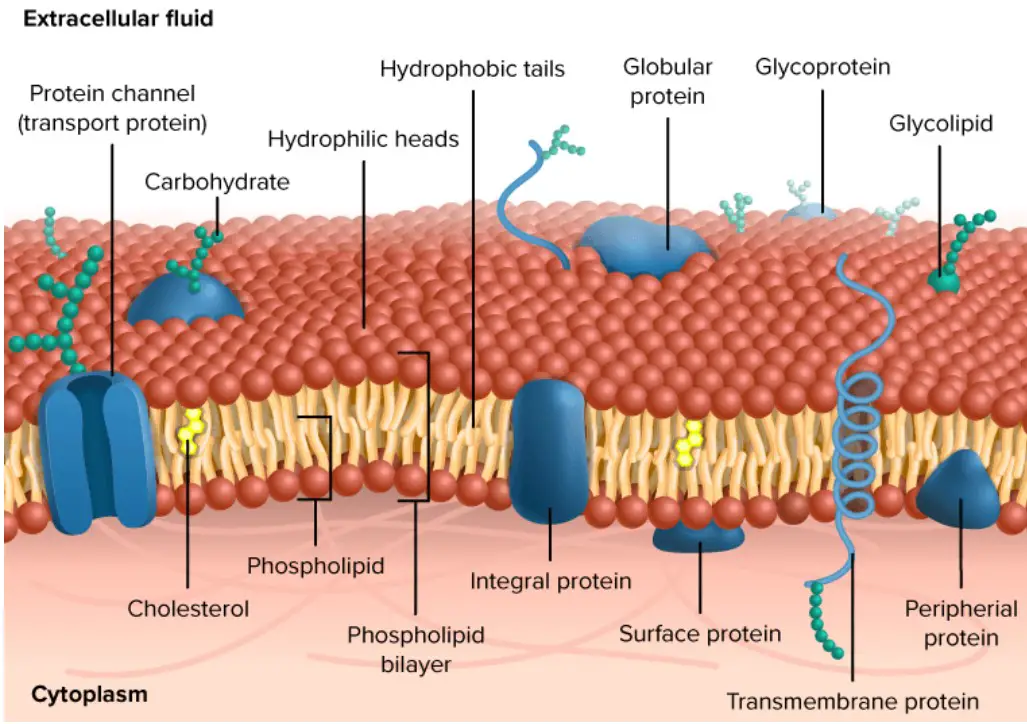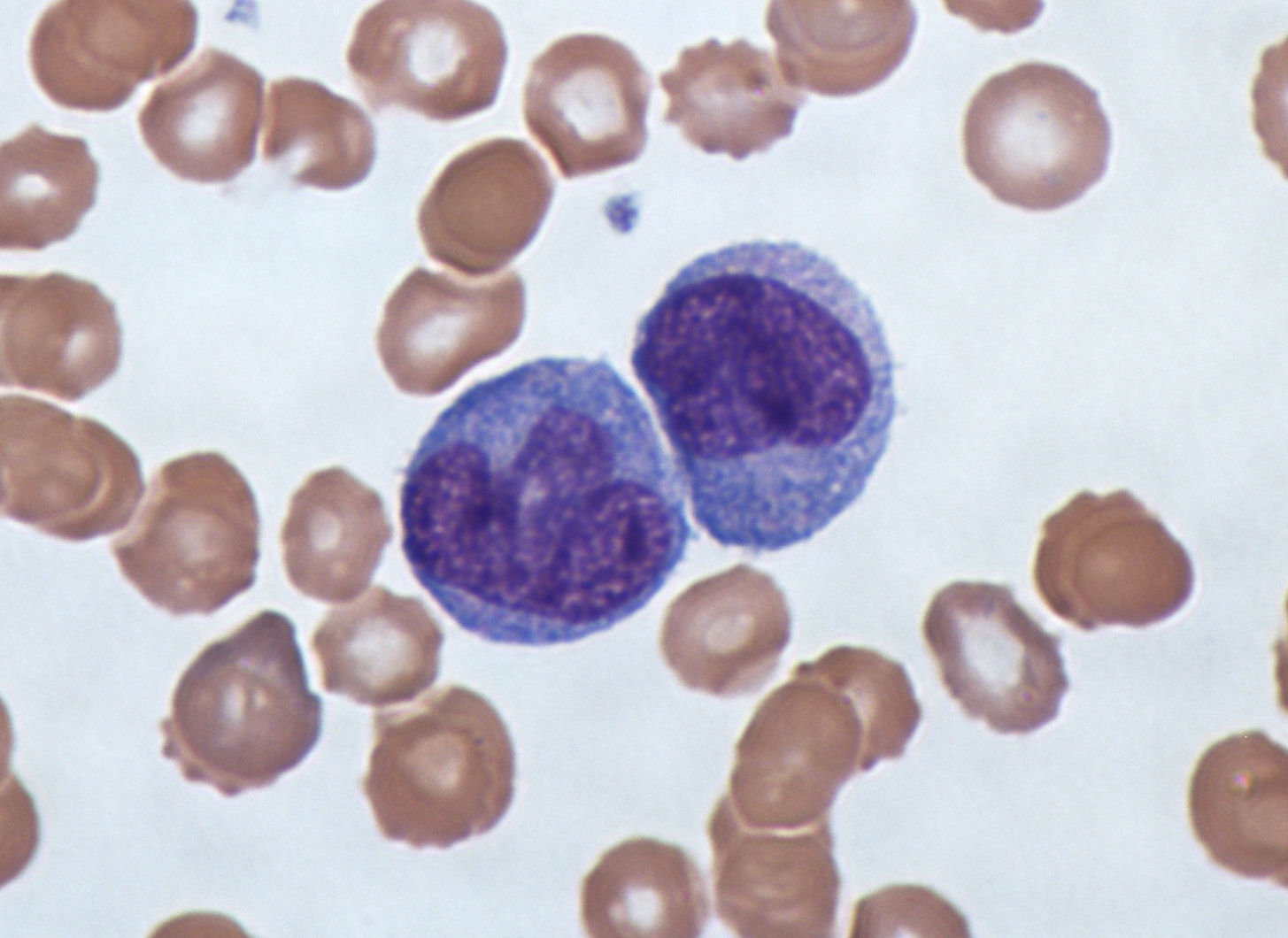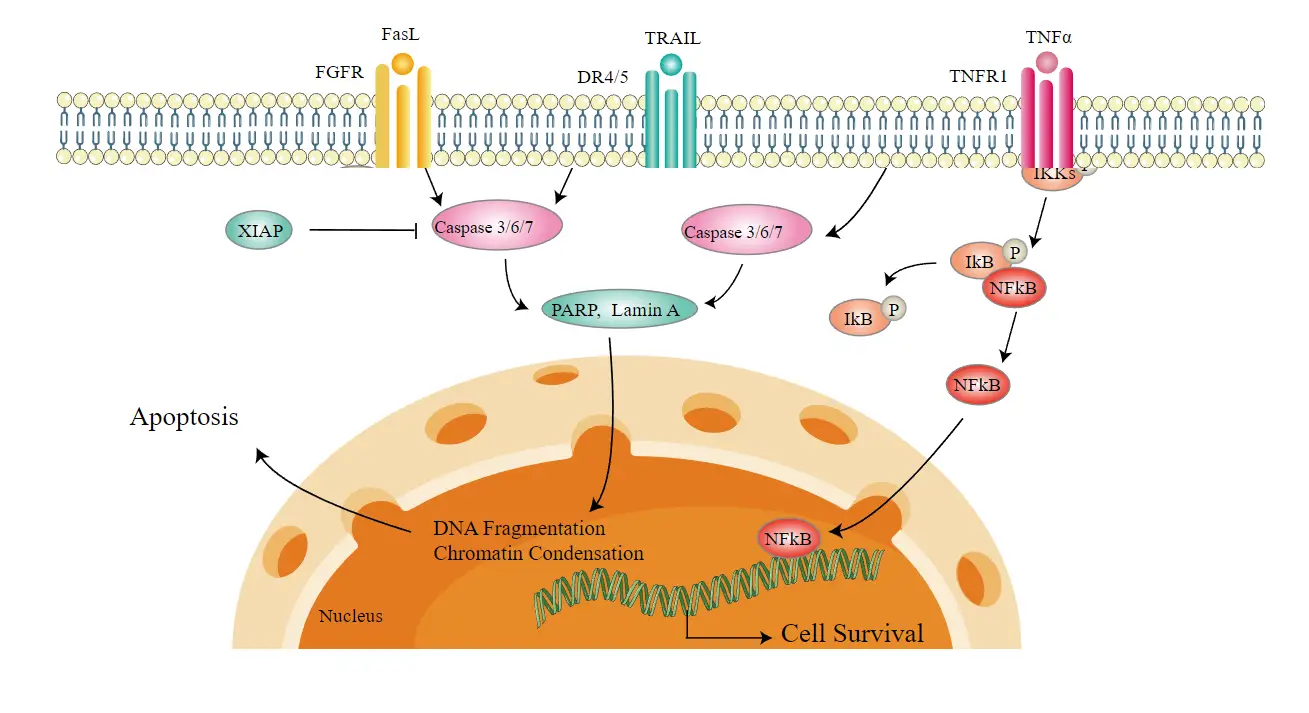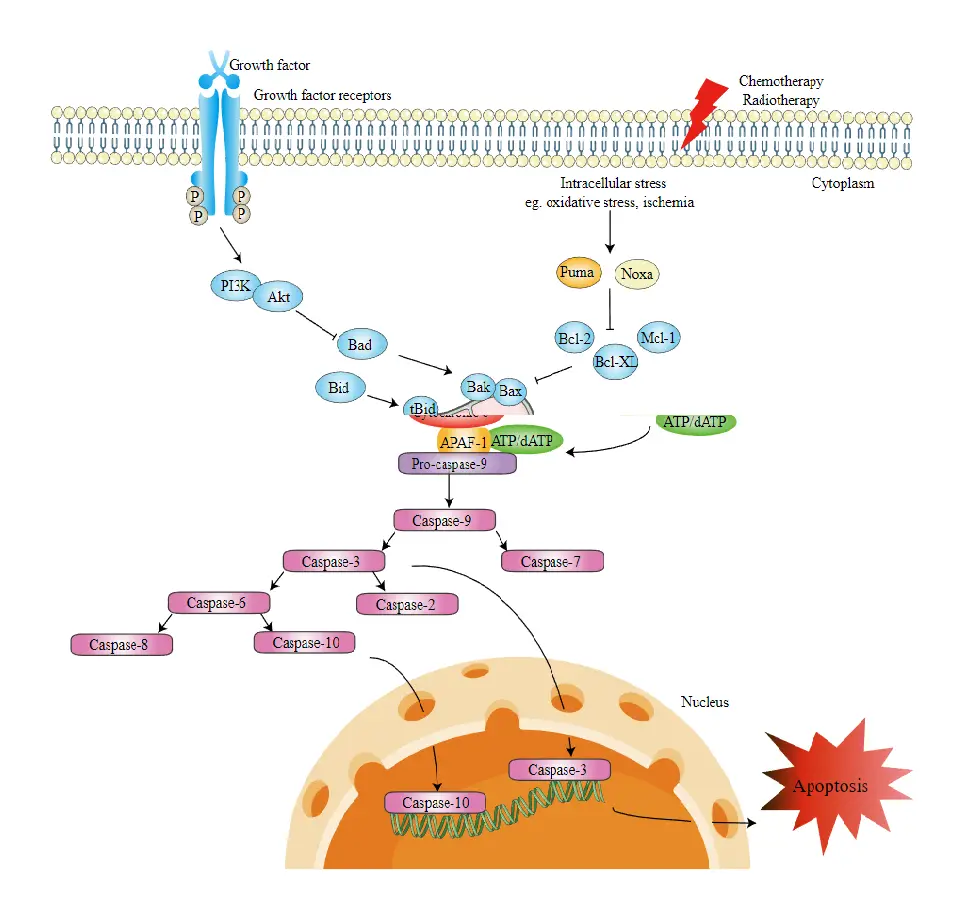Telophase – Definition, Mechanism, Significance
What is Telophase? Telophase, derived from the Ancient Greek terms τέλος (télos) meaning ‘end’ and φάσις (phásis) signifying ‘appearance’, represents the concluding phase in the intricate process of cell division, both in mitosis and meiosis of eukaryotic cells. This phase is characterized by a series of events that essentially reverse the changes observed during prophase … Read more
